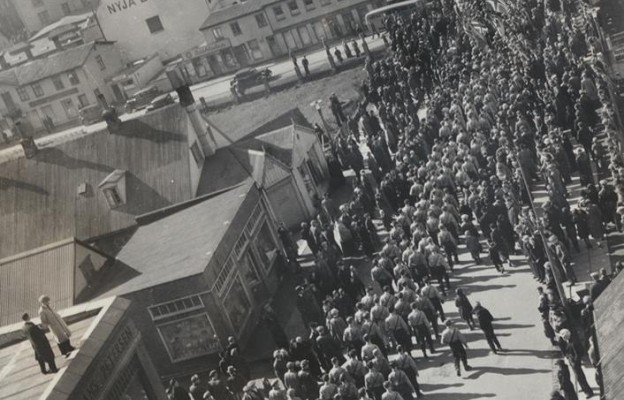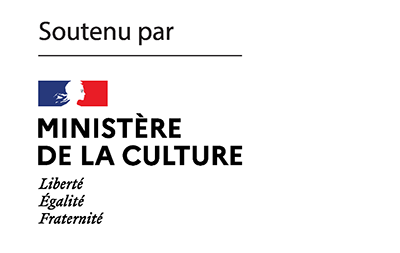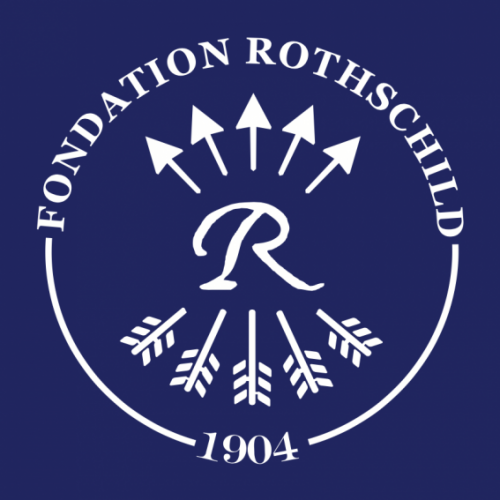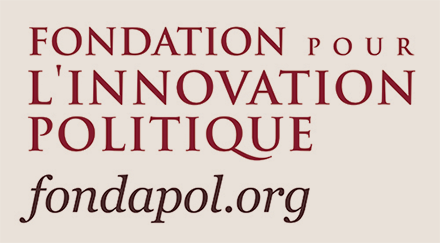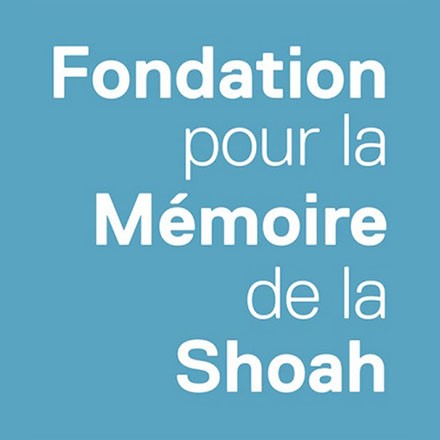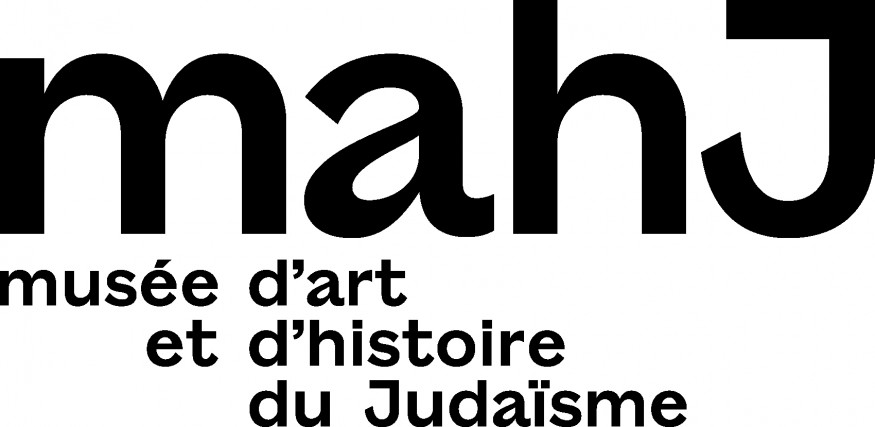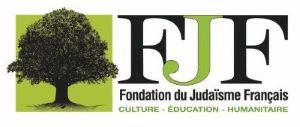The two new articles that K. runs this week are each situated at two diametrically opposed points of Europe: the East (Ukraine), on the one hand; the far North (Iceland) on the other. The geographical and historical distance between these two countries is great, but a common point appears: something is wrong with the memory of the Holocaust which is there produced, or not, or in any case with difficulty…
September 29 and 30 marks the eightieth anniversary of the Babi Yar massacre committed on September 29 and 30, 1941 by the Nazis. Nearly 34,000 Jews from Kiev were executed in a ravine west of the Ukrainian capital. As Lisa Vapné writes in an investigation that relates the chaotic history of the monuments and commemorations on the site of the crime whose name – Babi Yar – symbolizes par excellence the extermination of the Jews of this region in the Soviet and post-Soviet collective memory: “Since 1944, Jews have expressed the wish to gather near the site at Babi Yar (…) It is in silence and in secrecy that they commemorate their dead. The Soviet state, until its collapse in 1991, opposed the recognition of the site as a center for the killing of Jews. From 1991 onwards, Ukrainian heads of state attended major official commemorations in September, but showed little political will to memorialize the site with public money. The will to give a memorial and museum center to Babi Yar has been an uninterrupted series of failures and draws a damning story – the outcome of which is hard to see…”
For his part, Icelandic researcher Vilhjálmur Örn Vilhjálmsson, notably the author of a study on anti-Semitism in a country without Jews, wonders why the authorities in his native country promised to initiate Holocaust education in 2000 and 2002 and then did nothing. “The more I think about the Nazi sympathies of Icelanders, their anti-Semitic feelings in a country where there are hardly any Jews, the more I am grateful to nature for having made Iceland an island and for having kept its inhabitants away from their fascist idols on the European continent,” he finally says, in a column where the anger is palpable.
*
Dealing with the French Zemmour phenomenon is not an easy task. A Jew who has become a leader of the extreme right and who attracts more support than any other figure from this anti-Semitic fringe of the political arena is a new phenomenon. It is multi-faceted: that of the drift of a fraction of Jewish opinion to twenty years of virulent anti-Semitism, which has only marginally emanated from the far-right, but which is rather attributable to diagonals drawn between several points of frustration in French society; that of the attraction exerted by a reactionary who, because he is Jewish, is regarded as free of all the liabilities of the classic extreme right, and can all the better attract to himself a portion of the republican mainstream electorate because he presents himself as a model of integration; that, finally, of the restoration of an expedient of national identity on the void left gaping by the fear of sifting through the identity struggles of today, of which the Jews are the first to pay the price. Zemmour is all this. That is why, however difficult the task, K. must deal with it. Last week we chose to try to understand what is at stake through his audience. Between the two main attitudes that he currently provokes, that of the endless (and without much risk) deploration of an effectively deplorable reality, and that of the circumvented justification of a xenophobic discourse that is not justifiable in any way, we drew another line, that of the diagnosis of the situation of which he is the symptom. We feared that in doing so we would be distancing ourselves somewhat from the immediate concerns of our readers. However, it was quite different, if we are to believe the unprecedented number of consultations of our site during the week that has just passed. To understand in order to judge correctly is obviously a very widely felt need. This is why we are keeping this text on the front page of K. for the second week in a row, reminding you that it is the first step in a reflection that will continue in several directions.

